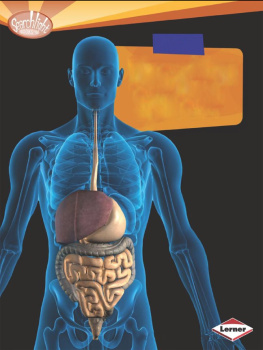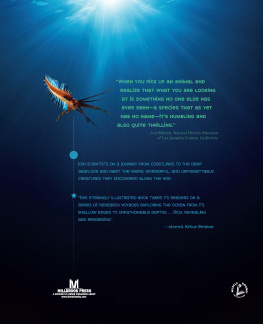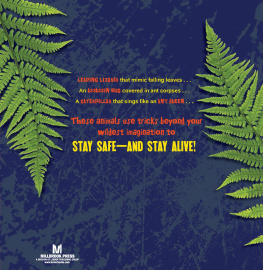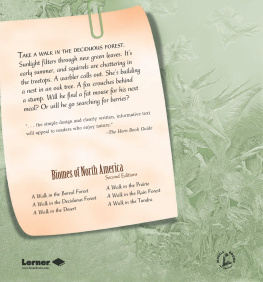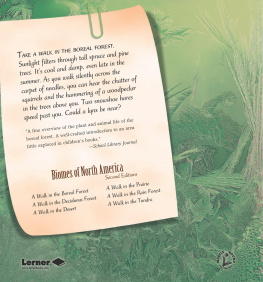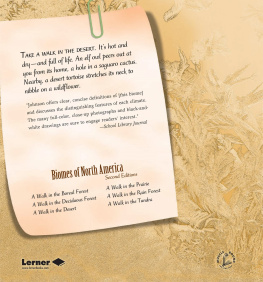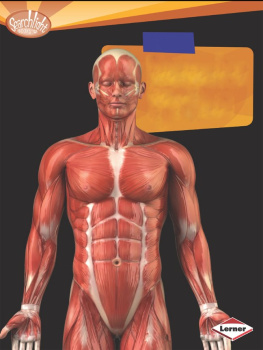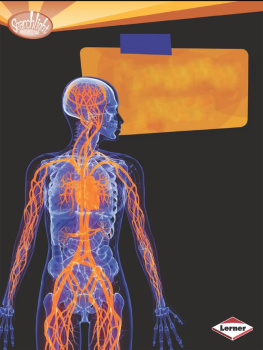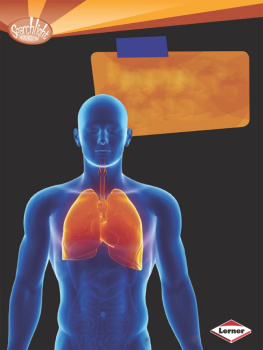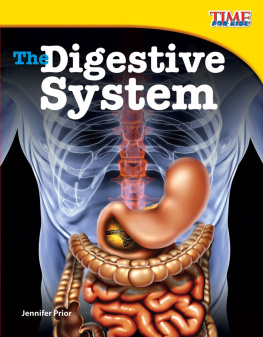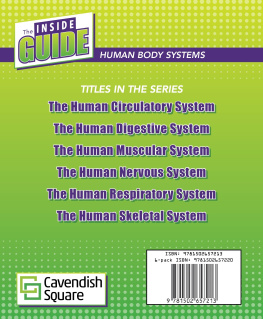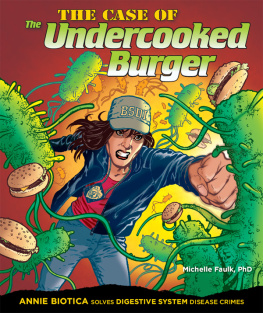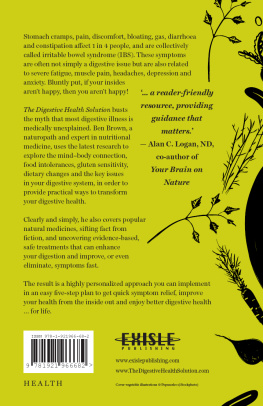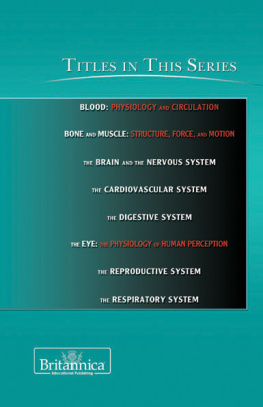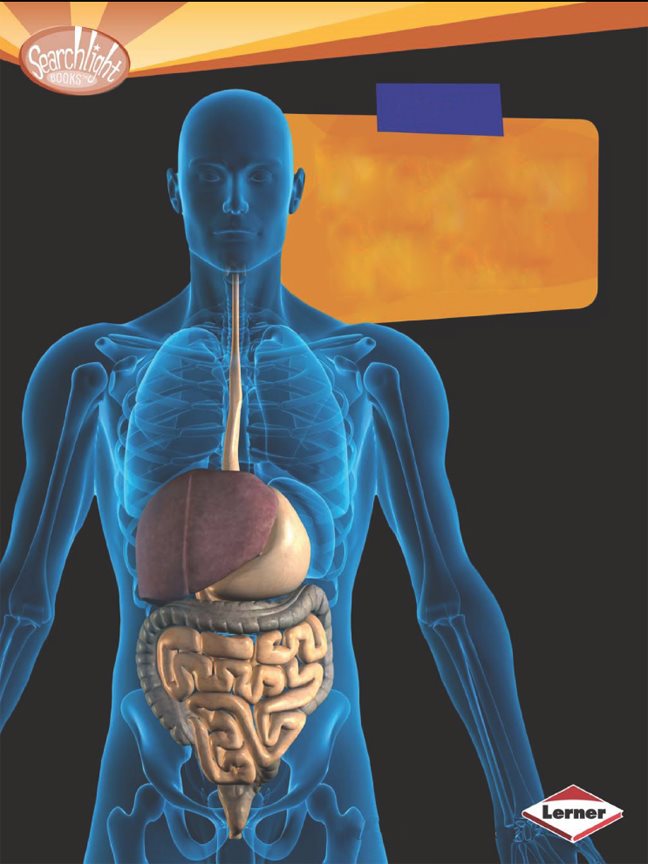Your
Digestive
System
Rebecca L. Johnson
For R & T, always there
Copyright 2013 by Rebecca L. Johnson
All rights reserved. International copyright secured. No part of this book may be
reproduced, stored in a retrieval system, or transmitted in any form or by any means
electronic, mechanical, photocopying, recording, or otherwisewithout the prior written
permission of Lerner Publishing Group, Inc., except for the inclusion of brief quotations in
an acknowledged review.
Lerner Publications Company
A division of Lerner Publishing Group, Inc.
241 First Avenue North
Minneapolis, MN 55401 U.S.A.
Website address: www.lernerbooks.com
Library of Congress Cataloging-in-Publication Data
Johnson, Rebecca L.
Your digestive system / by Rebecca L. Johnson.
p. cm. (Searchlight booksTMhow does your body work?)
Includes index.
ISBN 9780761374480 (lib. bdg. : alk. paper)
1. DigestionJuvenile literature. 2. Gastrointestinal systemPhysiologyJuvenile
literature. I. Title.
QP145.J65 2013
612.3dc23 2011034265
Manufactured in the United States of America
1 CG 7/15/12

Contents
FUEL FOR
LIFE ... page
Chapter
FUEL FOR
LIFE
Mmmm! Theres fresh, hot
pizza! You are so hungry. Your
stomach is growling. You take a
big bite. Cheese,
crust, and sauce mix
together in your mouth.
Is pizza your favorite
food? Maybe its pudding,
peaches, or pot roast.
There are thousands of
foods. Think of all the kinds
of food you eat.
When youre hungry, pizza
tastes great! What does your
stomach do when youre hungry?
Food is more than yummy tastes or crunchy
mouthfuls. Food is fuel. It gives your body and your
mind energy. Good food keeps you healthy and strong.
Eating good food
keeps you strong
and active.
Changing Food to Nutrients
But food must be changed before your body can use it.
Your body must digest it first.
When you digest food, it is broken down into nutrients.
Nutrients feed your body and keep it working well.
EATING GOOD FOOD ALSO
HELPS YOU THINK.
Your body is made up of billions of cells. Cells are like
tiny building blocks. They work together to form every
part of you. Your skin, bones, and muscles are made
of cells. Cells make up your eyes, heart, and all of your
other organs too.
Your body uses nutrients to fix damaged cells. It uses
nutrients to make new cells. It uses nutrients for energy
too. That energy gives you the power to live and grow.
Nutrients give cells what they need
to grow, divide, and work. This cell
is about to split into two cells.
Chapter
IN YOUR
MOUTH
Food is digested in your
digestive system. A system is a
way of doing things. Your digestive
system is like a long tube. It has a few
bulges here and there. The tube twists
and turns all the way through your body.
You start to take a
bite of your pizza.
Where will it go?
A Long Trip
Remember that bite of pizza? It is about to enter your
digestive system. It has a long trip ahead. So lets follow
that food!
THE DIGESTIVE
SYSTEM
esophagus
stomach
liver
pancreas
large
intestine
small
intestine
large
intestine
rectum
anus
Your Teeth
As you chew, your
teeth break up the
pizza. You chew it into
smaller and smaller
pieces.
You have several
kinds of teeth in your
mouth. They have
different shapes. Each
kind of tooth works on
food in a different way.
Your front teeth bite
and tear your food.
And your back teeth
grind your food.
Your front teeth have
sharp edges. They are
good for biting off a
chunk of food.
Saliva
As you chew, a liquid mixes with the food in your mouth.
This watery liquid is called saliva. Saliva is one kind of
digestive juice . Digestive juices help break down food in
your digestive system.
THE MOUTH
front of
mouth
Saliva
teeth
tongue
Saliva
salivary
glands
Saliva is made in special bags called salivary glands. They
make about quart (0.9 liters) of this juice every day.
Your Tongue
Chewed food gets soft and slimy as it mixes with saliva.
Your tongue shapes the food into a lump. When you are
ready to swallow, your tongue pushes the lump. The
lump moves to the back of your mouth, where your
throat begins.
Little bumps on your tongue are
called taste buds. They help
you taste the flavors in food.
Your Esophagus and
Your Trachea
Your throat sits at the
top of two tubes. The
esophagus is the tube
that leads to your
stomach. The other
tube is the trachea.
It leads to your lungs.
Your esophagus is about
inches (25 centimeters) long. It
connects your mouth to your
stomach. This X-ray photo
shows part of the esophagus.
At the top of your trachea is a little flap of skin. It is
called the epiglottis. When you swallow, the epiglottis
flops down. It closes the trachea. That way, food doesnt
get into your lungs by mistake.
THE EPIGLOTTIS
AT WORK
lump
of food
nose
epiglottis
up
mouth
tongue
tongue

